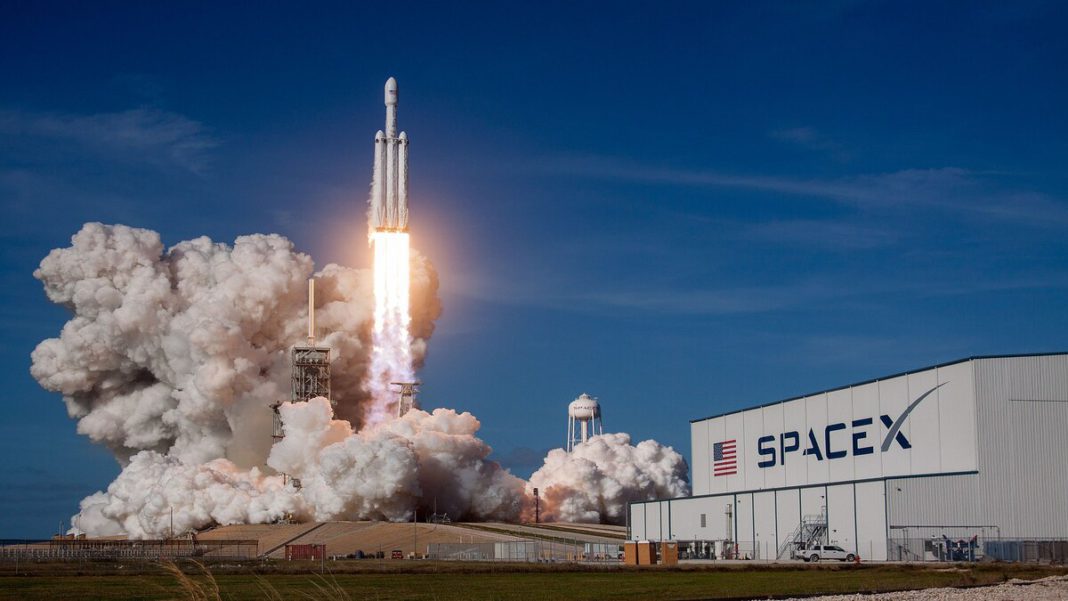UNITED STATES: The U.S. Federal Aviation Administration on Friday issued a long-awaited licence allowing Elon Musk’s SpaceX to launch its Starship rocket into orbit for the first time, paving the way for a test flight essential for the firm’s goals in space.
In a statement on Friday, the FAA said, “After a comprehensive licence evaluation process, the FAA determined SpaceX met all safety, environmental, policy, payload, airspace integration, and financial responsibility requirements. The licence is valid for five years.”
The launch is scheduled for Monday, April 17, from SpaceX’s Starbase rocket facilities in Boca Chica, Texas, the company said on Twitter. Liftoff may take place at any moment between 5:30 a.m. and 2 p.m. Central time, as per regulatory notices submitted earlier on Friday.
“Targeting as soon as Monday, April 17 for the first flight test of a fully integrated starship and Super Heavy rocket from Starbase in Texas,” tweeted SpaceX.
The starship is made up of a reusable capsule for personnel and cargo as well as a first-stage Super Heavy booster rocket. Starship, a spacecraft measuring 164 feet (50 metres) in height, is perched atop the 230-foot-tall Super Heavy rocket.
In February, SpaceX performed a successful test firing of 33 Raptor engines on the Starship’s first-stage booster.
During the test-firing, also known as a “static fire,” the Super Heavy rocket was attached to the ground to deter it from lifting off. The first stage-powered rocket has never flown in its full configuration.
“Success maybe, excitement guaranteed!” Musk wrote on Twitter late Friday.
In November 2024, NASA will launch astronauts into lunar orbit on its own, utilising the Space Launch System (SLS), a hefty rocket that has been in development for more than ten years.
The Starship is both more powerful and bigger than the SLS. It produces 17 million pounds of thrust, which is more than twice as much as the Saturn V rockets used to launch the Apollo astronauts to the Moon.
SpaceX envisions someday launching a Starship into orbit, refuelling it with another Starship, and then sending it on its way to Mars or beyond.
Musk’s overarching goal with a reusable rocket is to bring down the cost. He predicted early last year that eventually, each Starship voyage will only cost “less than $10 million.”
Other super-heavy rockets in development include the New Glenn from Blue Origin, the Long March 9 from China, and the Yenisei from Russia.
Also Read: Decoding Elon Musk’s Mysterious AI Project at Twitter



